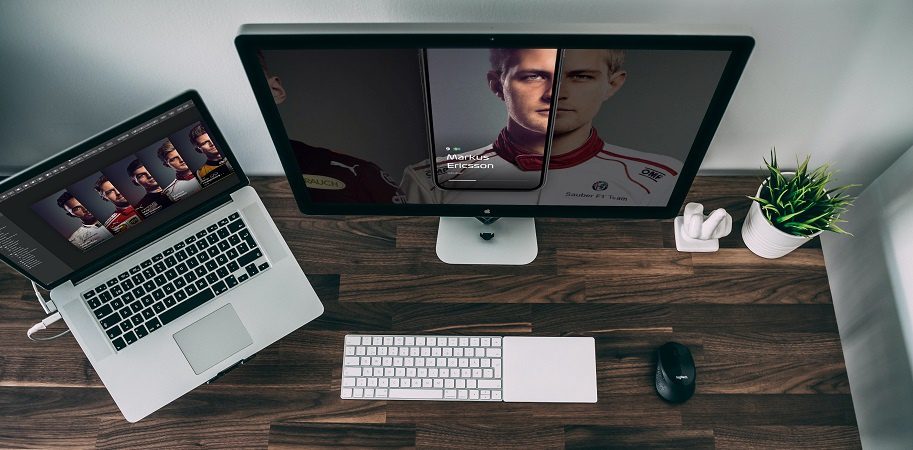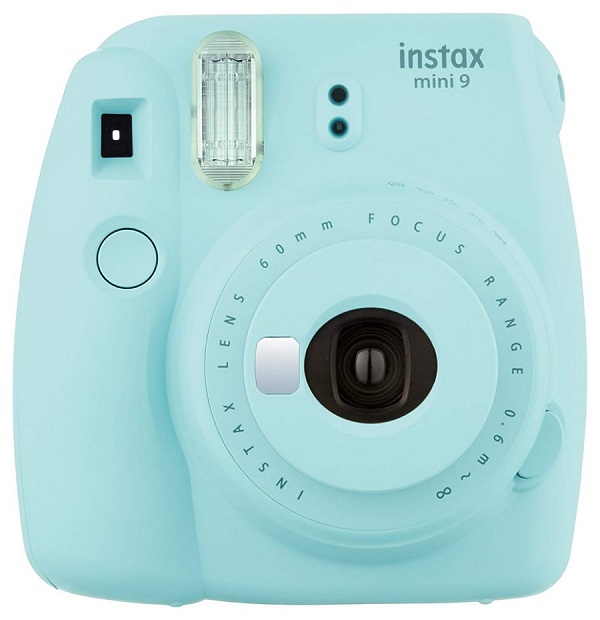We have all been in awe of how superhero characters in movies can do such amazing stuff. We often imagine ourselves in such fantasy and imaginary scenarios; gliding through clouds; roaming through vast, enchanted lands that can never be found on the face of this earth.
But what allows us to feel this way? It’s the way it is visually portrayed for us. And this portrayal is made possible with the help of VFX.
VFX has been an integral step in technological advancement that has created a broad new spectrum of digital representation. It has changed the way we perceive contemporary art and broaden our horizons of imagination.
Before understanding the impact VFX has had on the technological sphere, let’s understand what it is.
What is VFX
VFX stands for ‘visual effects, which includes all the elements of any on-screen imagery that is created, manipulated, or enhanced to represent something that didn’t exist during live-action shooting.
From the mythical dragons to fantasy-like scenarios, filmmakers and video editors use VFX to add elements that are born from imagination and, usually, don’t exist in real life.
You can use VFX to augment or enhance an object, environment, creature, as well as real-life living being that would be impractical or impossible to shoot in live-action.
This advanced method uses actual footage, which is shot on a green screen that goes through alteration by VFX software in post-production.
Some of the common VFX softwares include Adobe After Effects, Maxon Cinema 4D, Autodesk Maya, Houdini, and lots more.
There are three types of VFX that visual editor’s use:
1. CGI
CGI stands for computer-generated imagery, which is a blanket term used to define digitally created VFX. While VFX can be used in 2D and 3D images, CGI is mainly used to add effects to 3D elements.
CGI is most commonly used when the artist wants to add an element that doesn’t exist. However, it can also alter the nature of existing objects, like making someone look younger or older.
2. Compositing
Also referred to as ‘chroma keying’, compositing can be defined as a method to combine multiple images in a single image.
To create this effect, cinematographers often shoot images with a green or blue screen as a background that you can later replace with other elements using compositing softwares.
3. Motion Capture
Often abbreviated as ‘mocap,’ motion capturing is a technique where artists take live-action references to generate more realistic CGI.
To execute this, an artist digitally records an actor’s movements with the help of motion-capture suits and then transfers those movements to a computer-generated 3D model.
A classic example for this could be how Benedict Cumberbatch was taken as a reference to create Smaug in the movie Hobbit.
Impact of VFX on technology
VFX, in its ethos, was created to allow visual storytellers to express their imagination in its truest potential. It is excessively used in present-day film productions to amplify the aesthetics and visual appeal of the movie.
From fantasy worlds to representing deceased figures, VFX can help you paint the exact replication of your idea.
While VFX was derived from helping filmmakers and video editors augment imaginary objects that were hard to capture, it has become a medium for new visual language over the years.
Digital creators can use it to augment any and all kinds of conceptual reality, which can be used in practically every industry. VFX has transformed into a tool that can transform reality by manipulating the most basic element of virtual representation, ‘the pixels’.
Visual artists can use it to add a whole new dimension and appeal to their art, which has opened new possibilities for contemporary artistic realizations. This has laid the for a whole new spectrum of digital art.
Furthermore, VFX has also become an integral aspect of evolving and transforming architectural thinking.
When architects started to use 3D softwares that were initially designed to add special effects in films, it changed the way they conceptualized the aesthetics and ingenuity of the design.
Another assistance VFX has provided in technological advancement is by becoming the catalyst of virtual reality. It provided the canvas for inventors to create a three-dimensional reality that provides an immersive experience.
As a result, virtual reality has been integral in revolutionizing the gaming industry and marketing techniques.
Conclusion
The rapid development of digitalization that took place in the mid-90s has ushered in a whole new phenomenon—one which allows us to augment our imaginations and represent the true potential of our ideas.
VFX has become a medium for a new visual language that allows digital creators to augment or enhance an object, environment, creature, and real-life living beings that would be impractical or impossible to shoot in live-action.
Starting from the virtual screens of films, VFX has grown and evolved to become an integral part of technological advancement that works as a tool for virtual creation.
From architectural thinking to virtual reality, it has played a significant role in developing how we see essential elements of virtual representation.

















Add Comment